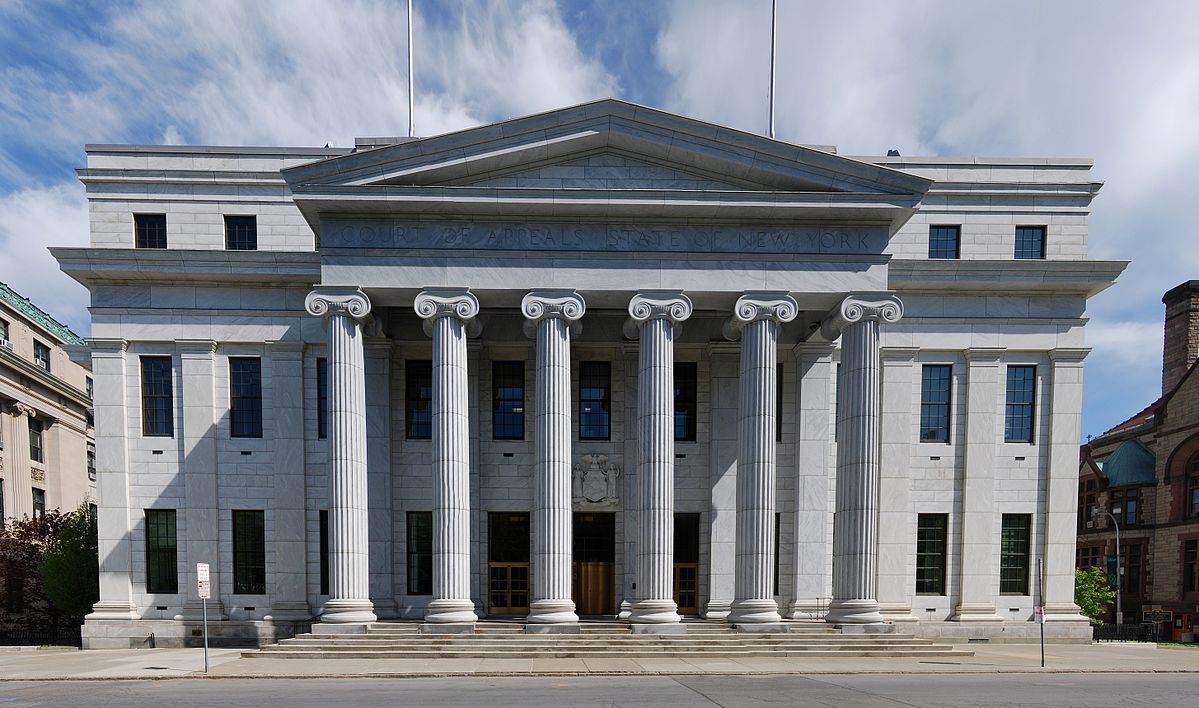Tag: judge
-
Twenty-seven upcoming Article III judicial vacancies

According to the latest vacancy data from the U.S. Courts, there were 27 total announced upcoming vacancies for Article III judgeships as of January 5, 2022. Article III judgeships refer to federal judges who serve on the U.S. Supreme Court, the U.S. Court of International Trade, or one of the 13 U.S. courts of appeal…
-
Nevada Supreme Court Justice Abbi Silver retires

Nevada Supreme Court Justice Abbi Silver retired on Sept. 29, 2022. Silver was the only judge in Nevada’s history to be elected to every court in the state’s court system. Silver was elected to the state supreme court in 2018, filling the seat vacated by Justice Michael Douglas. Prior to this election, Silver served on…
-
Number of major party candidates on the primary ballot for state judicial offices in 2022

In 2022, there were 88 state judicial positions up for partisan election in states that select judges using partisan elections. One-hundred sixty major party candidates were on the primary ballot in those races, including 72 Democrats, or 45% of all major party candidates who ran, and 88 Republicans, or 55% of all major party candidates…
-
Monthly tracker: Article III federal judicial nominations by president by days in office since 2001

Through August 1, 2022, there were 890 authorized federal judicial posts and 77 vacancies. Seventy-five of those were for Article III judgeships. This report is limited to Article III courts, where appointees are confirmed to lifetime terms. In the past month, five judges have been confirmed In the past month, 25 judges have been nominated*.…
-
Biden appointed second-most federal judges through July 1 of a president’s second year

President Joe Biden (D) has appointed and the U.S. Senate has confirmed 69 Article III federal judges through July 1 of Biden’s second year in office. This is the second-most Article III judicial appointments through this point in all presidencies since 1981. President Bill Clinton (D) appointed the most judges by this point in his…
-
Ballotpedia releases federal judicial vacancy count for April 2022

In this month’s federal judicial vacancy count, Ballotpedia tracked nominations, confirmations, and vacancies in Article III courts during the month of April through May 1, 2022. Ballotpedia publishes the federal judicial vacancy count at the start of each month. HIGHLIGHTS Vacancies: There have been four new judicial vacancies since the March 2022 report. There are…
-
Kathryn Hackett King appointed to Arizona Supreme Court

Arizona Governor Doug Ducey (R) appointed Kathryn Hackett King to the state supreme court on July 8. The seat became vacant in April when former Arizona Supreme Court Justice Andrew W. Gould retired. King is Gov. Ducey’s sixth nominee to the seven-member supreme court. At the time she was appointed, King was a partner at…
-
New York Court of Appeals Justice Eugene Fahey announces retirement

On November 10, 2020, State of New York Court of Appeals Justice Eugene Fahey announced his retirement from the court, scheduled for December 31, 2021, when he reaches the court’s mandatory retirement age of 70 years old. Justice Fahey joined the State of New York Court of Appeals in 2015. He was appointed to the…
-
One Alaska Supreme Court justice seeks retention in November

Alaska Supreme Court Justice Susan Carney is seeking retention on November 3, 2020. She was appointed by Gov. Bill Walker (I) in 2016. Currently, four of the justices on the court were appointed by a Republican governor while one was appointed by an independent governor. The governor appoints the five justices of the supreme court…

